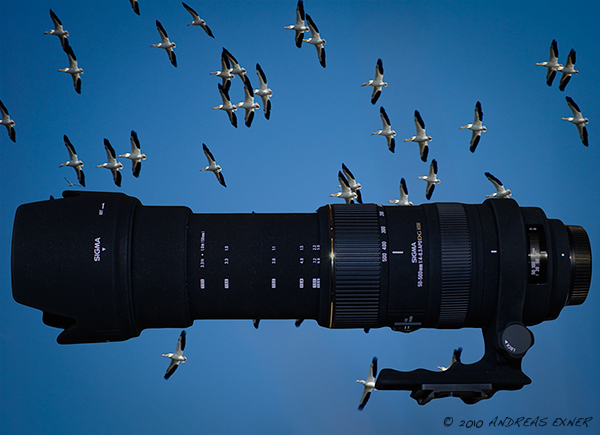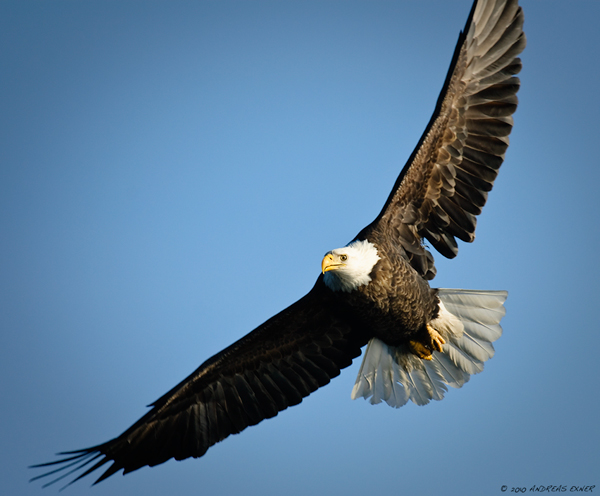I went back to the place where I saw a Trumpeter Swan a couple weeks ago (see my earlier post Nature clicks #2). The beautiful swan was still there, sitting on a nesting site, and had buried the head under its wing. Not the best pose for a nice shot. I was watching it for some time. It is tempting to get closer but the priority is not to disturb the animal at all. The light was much better than the first time and I was afraid the sun would set before I could take a picture, other than that of a sleeping swan. But I was lucky. While I had briefly put my attention to some red-winged blackbirds, the Trumpeter Swan suddenly lifted its head. There was my chance, click, click, click, click… Minutes later the sun disappeared behind a ridge and the shadows were creeping into the valley.
The story of restoration of the Trumpeter Swan in Iowa seems to be a successful one. The link to the Iowa DNR Wildlife site about this restoration project is obviously a little outdated, but it bears some interesting information. It is so nice to see these big birds returning to Iowa's wetlands.














